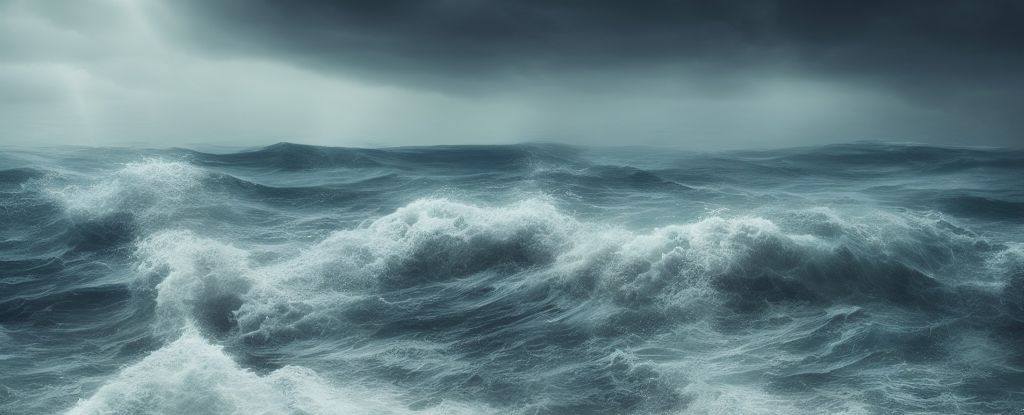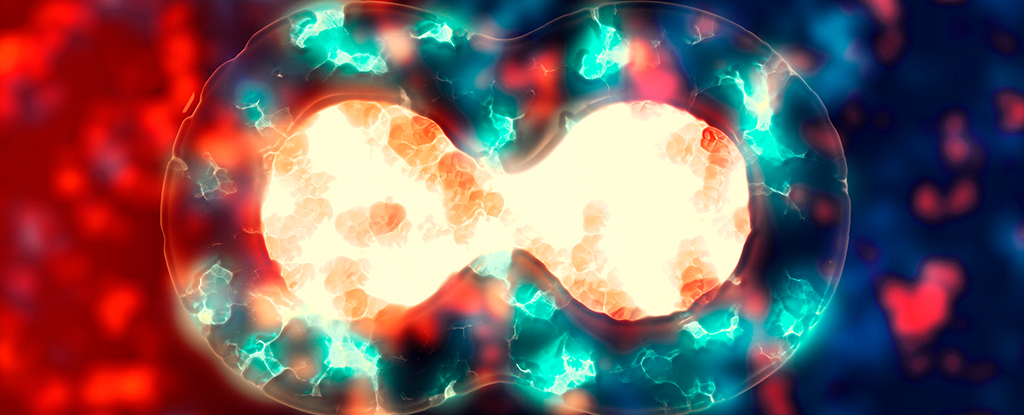Two worlds orbiting a tiny star 218 light-years apart appear to be of a nature unlike anything we have in our solar system.
The exoplanets are called Kepler-138c and Kepler-138d. Both are about 1.5 times the radius of Earth, and both appear to be squishy worlds made up of thick, steaming atmospheres and insanely deep oceans, all wrapped around a rocky-metallic interior.
“We used to think that planets slightly larger than Earth were big spheres of metal and rock, like enlarged versions of Earth, and that’s why we called them super-Earths.” says astronomer Björn Benneke from the University of Montreal.
“However, we have now shown that these two planets, Kepler-138c and d, are quite different in nature: a large part of their total volume is probably water. It’s the first time we’ve observed planets that can be positively identified as water worlds, a type of planet that astronomers suspected existed for a long time.”
A recent analysis of Another World found that to be the case could be a water world, but follow-up observations are needed for confirmation. According to the researchers, their work on Kepler-138 two oceanic planets is less unsafe.
Figuring out what planets outside of our solar system (or exoplanets) are made of usually requires some detective work. They are very distant and very faint compared to the light from the stars that orbit them; direct images are very difficult to obtain and consequently very rare and do not show much detail.
The composition of a exoplanet is usually derived from its density, which is calculated from two measurements – one from the eclipse (or transit) of the star’s light by the planet and the other from the star’s radial velocity or “wobble”.
The amount of starlight blocked by the transit tells us the size of the exoplanet, from which we get a radius. The radial velocity is induced by the exoplanet’s gravity, which is seen as a regular but very small expansion and contraction in the wavelength of the star’s light as it is tugged around. The amplitude of this movement can tell us how much mass an exoplanet has.
Once you have an object’s size and mass, you can calculate its density.
A gaseous world, like Jupiter or even Neptune, have relatively low densities. Rocky worlds rich in metals have higher densities. At 5.5 grams per cubic centimeter, Earth is the densest planet in our solar system; Saturn has the lowest density at 0.69 grams per cubic centimeter.
Transit data show that Kepler-138c and Kepler-138d have radii 1.51 times that of Earth, and measurements of their respective tugs on Kepler-138 give us masses 2.3 and 2, respectively. 1 times the size of Earth’s. These properties, in turn, give us a density of about 3.6 grams per cubic centimeter for both worlds – somewhere between a rocky and a gaseous composition.
That’s pretty close to the icy moon of Jupiter Europe, which has a density of 3.0 grams per cubic centimeter. It happens to be covered by a liquid global ocean under an icy shell.
“Imagine larger versions of Europa or Enceladus, the water-rich moons orbiting Jupiter and Saturn but brought much closer to their star.” says astrophysicist Caroline Piaulet from the University of Montreal, who led the research. “Instead of an icy surface, Kepler-138c and d would harbor large shells of water vapor.”
According to the team’s modeling, water would make up more than 50 percent of the exoplanets’ volume and extend to a depth of about 2,000 kilometers (1,243 miles). The earth’s oceans have an average depth of 3.7 kilometers (2.3 miles).
But Kepler-138c and Kepler-138d are much closer to their star than Earth. Although this star is a small, cool red dwarf, this close proximity would make the two exoplanets much, much hotter than our world. They have turnaround times of 13 and 23 daysrespectively.
That means the oceans and atmospheres on those worlds probably won’t look very much like our ocean, the researchers say.
“The temperature in the atmospheres of Kepler-138c and Kepler-138d is likely above the boiling point of water, and we expect a thick, dense atmosphere of steam on these planets.” says Piaulet.
“Only under this vapor atmosphere could there possibly be liquid water at high pressure, or even water in another phase that occurs at high pressure, a so-called supercritical fluid.”
Extraterrestrial indeed.
The research was published in natural astronomy.





